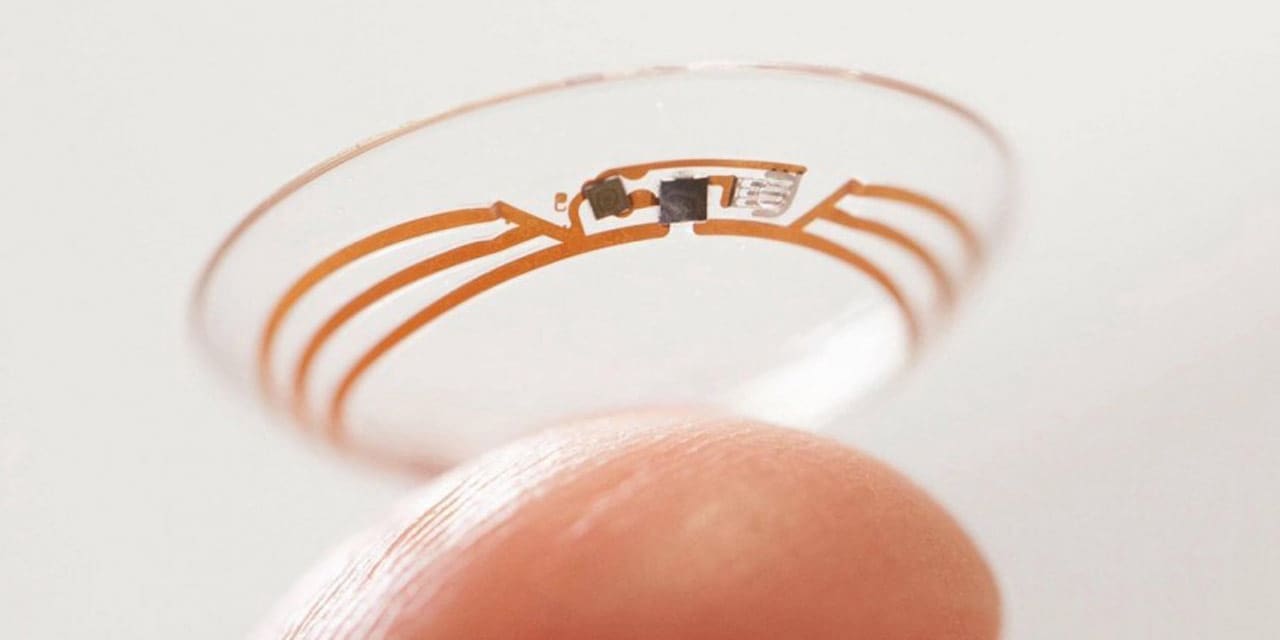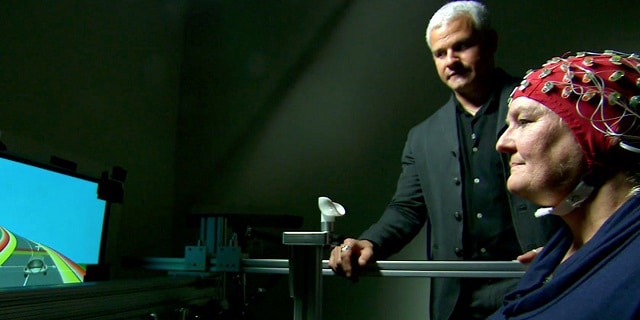You Are What You Eat: Safeguarding the Future of Food
You Are What You Eat: Safeguarding the Future of Food
In a world where our future population is likely to outrun the food supply chain, finding answers to potential world hunger is key — and urgent. We look at some sustainable agriculture methods to safeguard the future of food
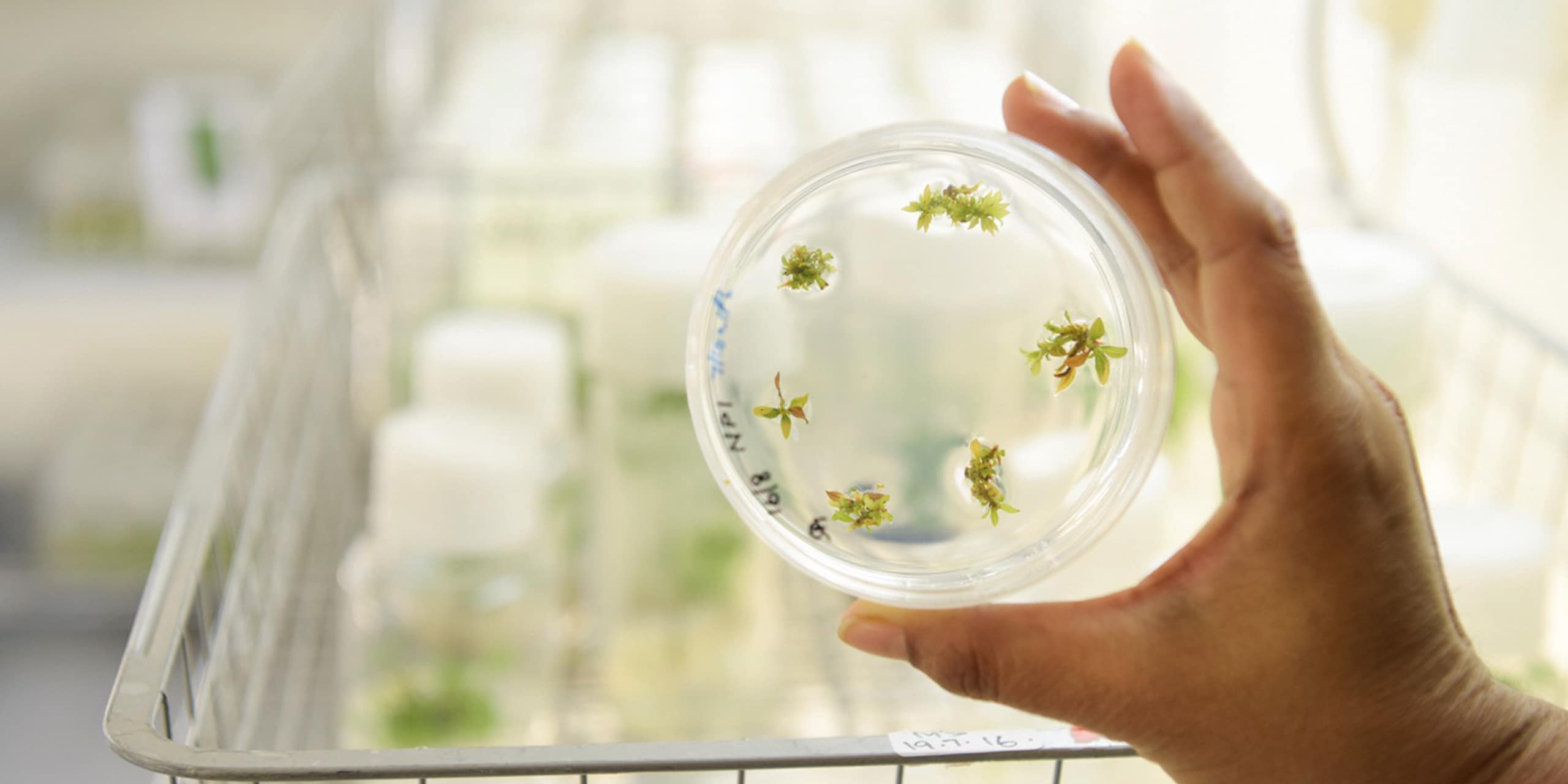
Micropropagated shoots inside a petri dish in the tissue culture room at the Temasek Life Sciences Laboratory (TLL)
Some nine billion people will call Planet Earth home by the year 2050, according to the United Nations Food and Agriculture Organisation (FAO). While that might potentially widen the dating pool, a pressing question surrounding this swell is: how do we feed everyone?
Rising income and prosperity, especially in developing countries like China and India, have led to changing diets. More people are adopting a richer diet, which means a higher demand for meat, eggs and dairy. This, in turn, increases demand for crops to feed the animals we need for food. Coupled with the projected 1.4 billion extra people we’re expecting, it’s clear that we need to come up with more food — 50 percent more than we make now, according to The World Bank. However, this is not an easy task.
First off, there is climate change, which affects crop yields due to rising temperatures and changing weather patterns. We are also consuming and depleting natural resources at an alarming rate. Over 85 percent of the world’s fisheries have reached their natural limits and some species, like the Atlantic blue tuna, are close to endangered levels.
There’s an urgent need to fix our food woes to mitigate scarcity and rising costs — but how? Here are four food-related problems we face today and how we will solve them:
Problem 1: A Surge in Demand for Meat
Growing affluence has led to an increased demand for animal-based food. Global meat production has surged from 50 metric tonnes per year in 1960 to 200 metric tonnes per year in 2000. The number is expected to climb to 450 metric tonnes annually in 2050. That’s roughly 1.8 million servings of steaks.
In turn, more crops are required to feed growing herds of livestock. Conventional farming puts a big strain on Earth’s resources. According to UN scientists, animal agriculture emits more greenhouse gases than all forms of transportation combined, due mostly to methane released from cattle.
Solution: More Efficient Ways of Raising Livestock
A shift from using standard feed crops to those from residues of crop production can lower the footprint of animal-based food production. According to a report titled “Disruptive Technology and the Prospects for Responsible Innovation in Agribusiness” by Wageningen University and Research, 70 percent of the biomass produced in cropland systems lie unused as wasted residuals anyway. Future technologies will make sure that these by-products can be turned into sustainable animal feeds.
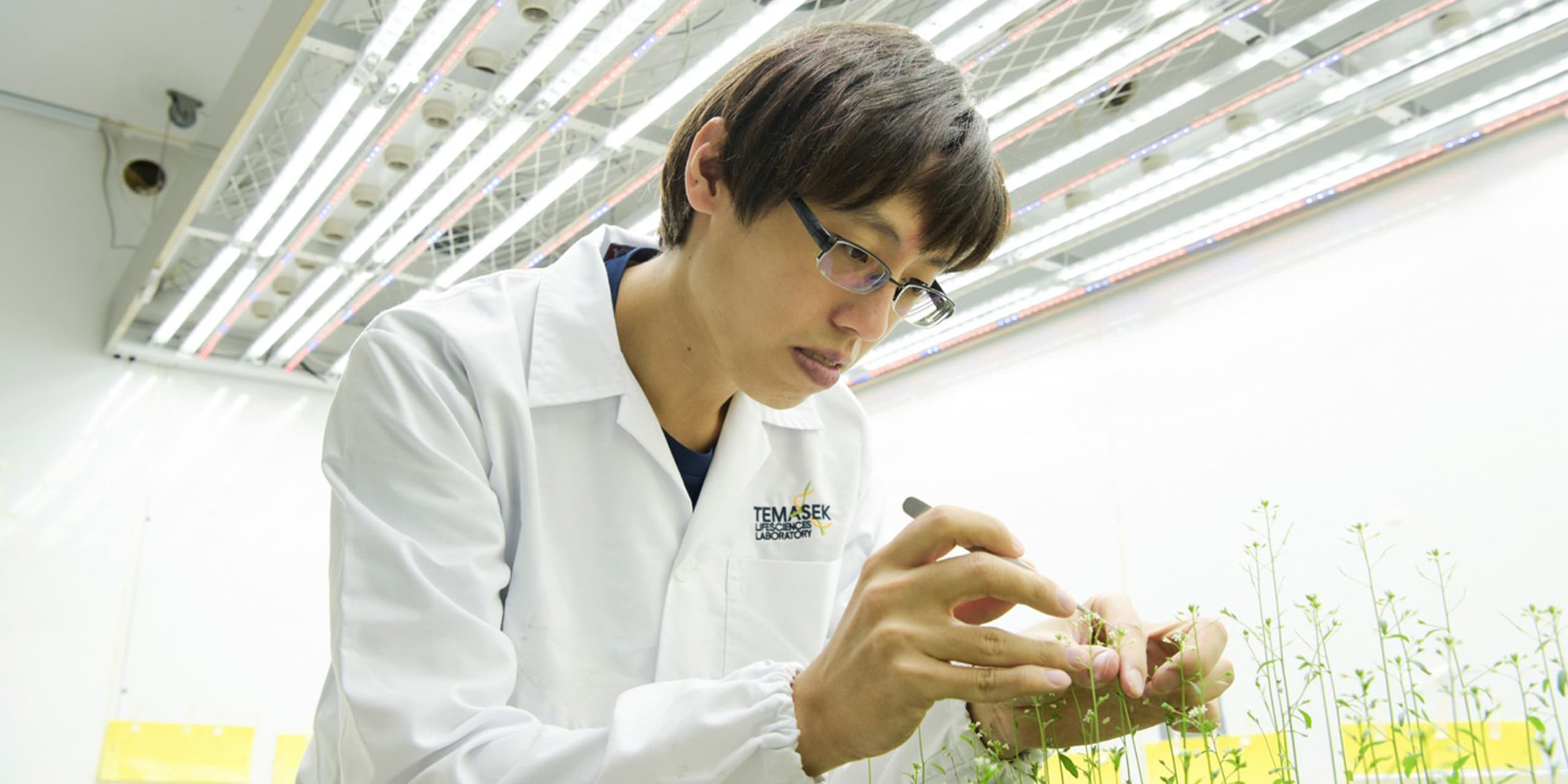
A researcher studying the physical morphology of model Arabidopsis plant in the plant growth chamber at the Temasek Life Sciences Laboratory (TLL)
Problem 2: Lack of Water
About 70 percent of the world’s accessible freshwater is used for agriculture and because of this, more than 40 percent of the world population is facing a shortage of this resource. It takes 135 litres of water to produce a single egg and another 615 litres to produce just 150 grams of chicken meat. This covers water used for watering, feed and other on-farm needs including sanitation and waste-disposal. The picture is not much rosier when it comes to crops. A massive 3,500 litres of water — enough to fill 35 average-sized bathtubs — is required to produce a single kilogram of rice.
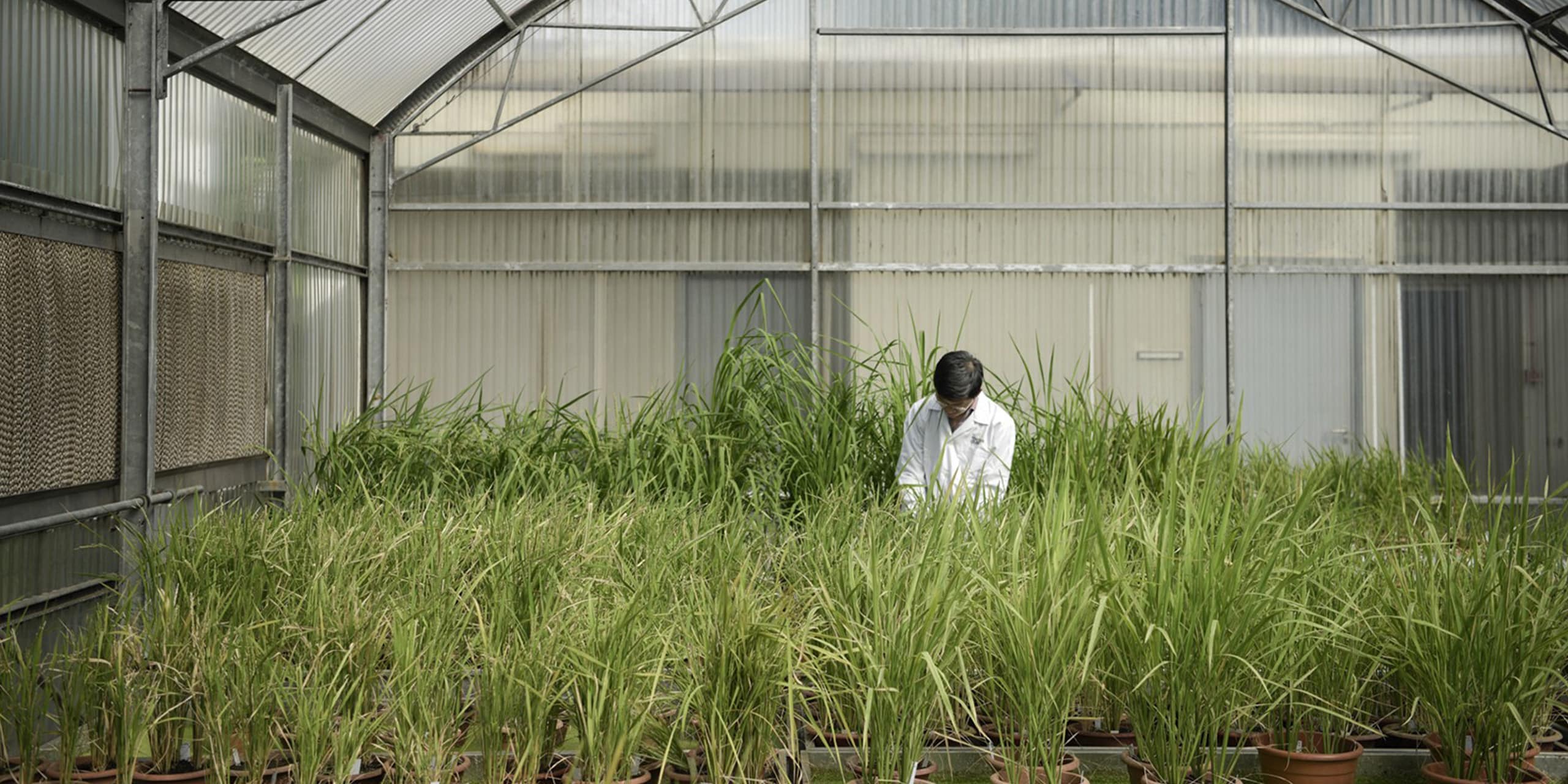
Rice plants with desirable agronomic traits specially bred for research and development purposes in
the plant research facility at the Temasek Life Sciences Laboratory (TLL)
Solution: Hydroponic Technology
A recent study published by the International Journal of Environment Research and Public Health found that hydroponic gardening (in this case, lettuce) uses land and water more efficiently when compared to conventional farming methods — and companies have caught on to that. US company Freight Farms, for one, is using hydroponic technology to turn shipping containers into smallholdings with the ability to grow 4,500 crops, thus mitigating the need for expansive cropland and water supplies altogether.
Problem 3: Increasing Erosion
Worldwide, we are losing 30 soccer fields of soil every minute because of intensive farming, according to Volkert Engelsman, an activist with the International Federation of Organic Agriculture Movement. If attrition continues at this rate, we could lose all the world’s topsoil in just 60 years, says Maria-Helena Semedo, deputy director general of natural resources at the FAO.
Solution: Vertical Farms
Then there are vertical farms, a fast-expanding sector predicted to be worth US$3.8 billion as soon as 2020. At the forefront is homegrown company Sky Greens, which claims to be the world’s first low-carbon, hydraulic water-driven vertical farming system. An additional benefit of the system is cost efficiency. As founder Jack Ng explained in an interview with The Straits Times: “Indoor farms in Japan use 20 kilowatts to 25 kilowatts of energy to produce one kilogram of vegetables. Here, we use 0.3 kilowatts, because we make use of natural light, and we use the pump that pumps water to the plants to drive our rotating vertical farming towers.”
And it’s not just for vegetables either. In Singapore, Temasek Life Sciences Laboratory (TLL) has developed its brand of urban aquaculture, which allows fishes to be bred in an indoor environment. This allows fish to be farmed without the need for large water bodies and physical facilities.
Temasek Life Sciences Laboratory’s unique method of sustainable fish farming
Problem 4: Lack of Supply
Dwindling food source coupled with increasing demand oftentimes lead to rise in food prices — and there are already signs of this happening today. For example, a global lack of rice in 2008 resulted in prices spiralling 400 percent in just four months. Compounding the issue further is climate change, which is making it harder for food supplies to meet global demands.
Solution: New Food Sources
The future of food could also lie in more, shall we say, unconventional methods, like waste-based cooking (creating meals from the annual 32 billion kilograms of food thrown away globally) and large-scale harvesting of a type of algae, which some say is poised to become the world’s next superfood. Several food producers, like France’s Roquette, are already producing algae-based foods.
In Singapore, experts have also bred a strain of rice that will offer natural sustenance even in the most climatically challenging times. TLL has developed a rice that is resistant to climate change, needs fewer resources to grow, and is nutritious. The new rice strain could even help improve longer-term food security for the region, and promises a sustainable source of food for generations to come. This is particularly relevant to Singapore, considering the average Singaporean consumes around 300 bowls of rice each year.
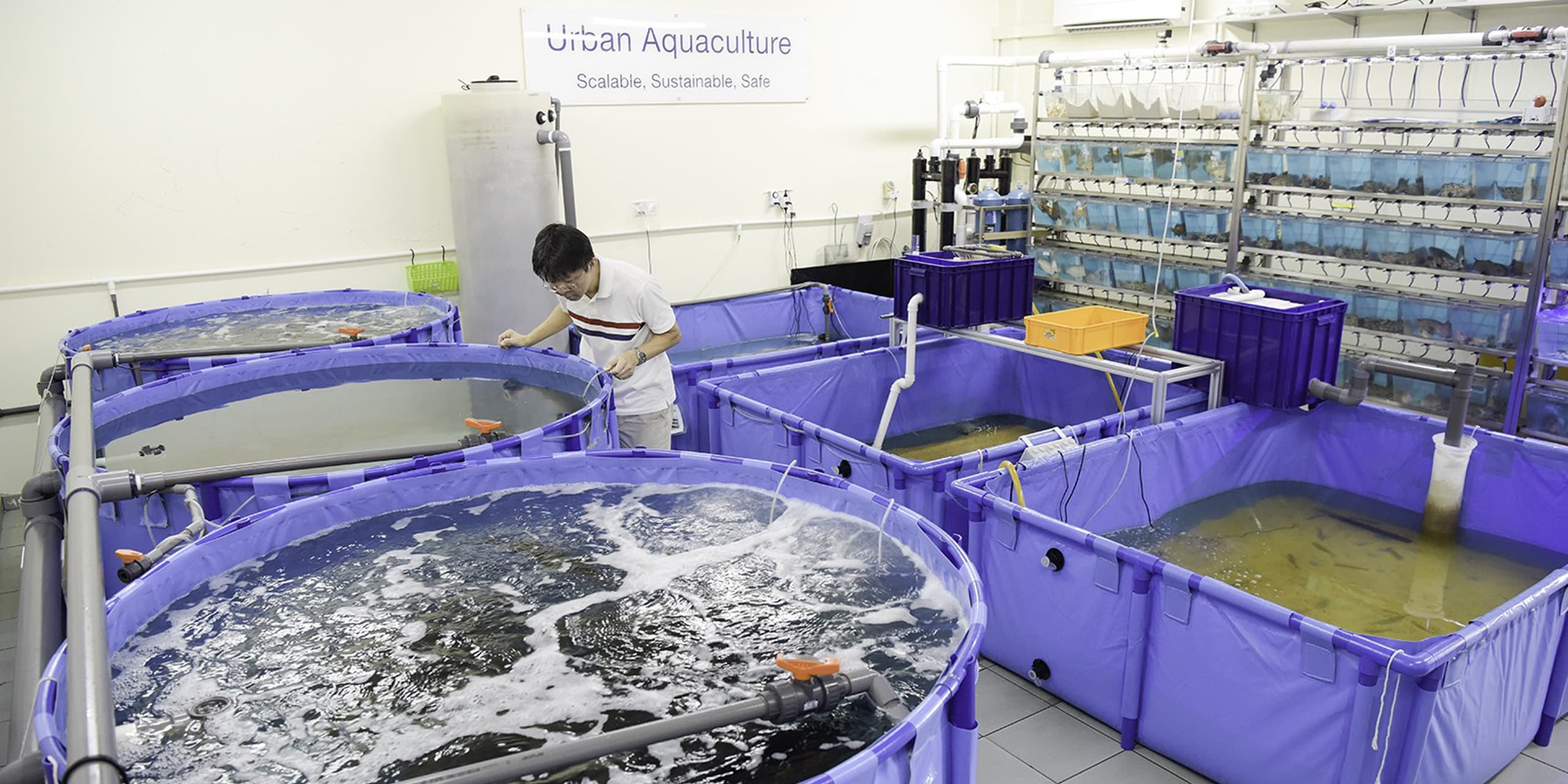
Recirculating Aquaculture System for the sustainable cultivation of food fish at the Temasek Life Sciences Laboratory (TLL)
The Future of Food
With so many different solutions available on the market, even companies with traditional beginnings are starting to catch on to sustainable agriculture methods. One such company is Olam, which handles enough rice annually to provide each person in the world with two servings. Recently, the company invested in sustainable supply chain initiatives and state-of-the-art animal feed mill, breeding farms and a hatchery in Nigeria.
Group CEO Sunny Verghese is one of the commissioners of the Business and Sustainable Development Commission, a global body that studies solutions for feeding future generations that could not only save the planet but provide an economic boost too. A report produced by the Commission suggests that meeting these challenges in a sustainable way could provide business opportunities worth US$2.3 trillion annually by 2030. Evidently, food security is not only good for the future, it is good for business also.
Then there are the Norwegians, who may be able to save us all. Norway’s Svalbard Global Seed Vault houses some 4,000 different seed species from around the world — including TLL’s rice. The vault itself is a high-security treasury that has been heralded as the master backup plan. If all else fails (and hopefully thanks to the innovations above, we are still a long way off), this doomsday vault will help to protect the future of the world’s crop seeds — to allow humanity to eventually start again.
Disclaimer: All products and brands mentioned are unaffiliated with Temasek, with the exception of Temasek Life Science Laboratory, which is a non-profit philanthropic research organisation backed by Temasek Life Sciences Ventures, and Olam, which is a Temasek Portfolio Company.
